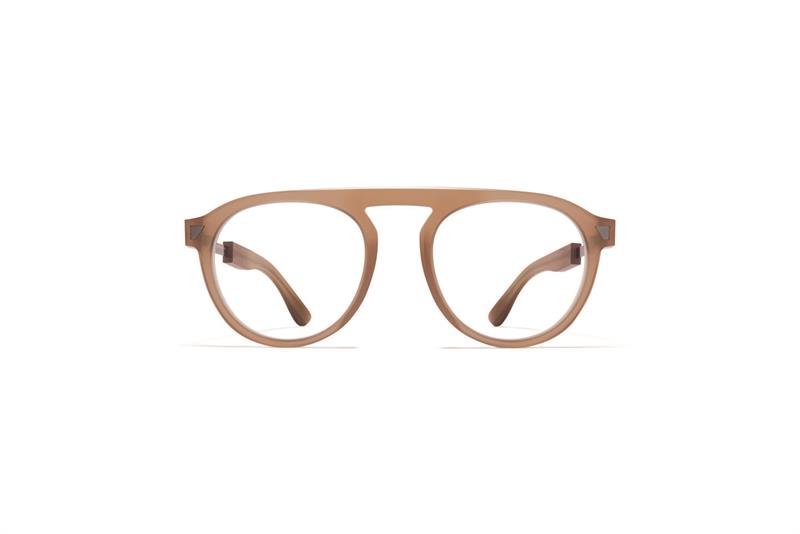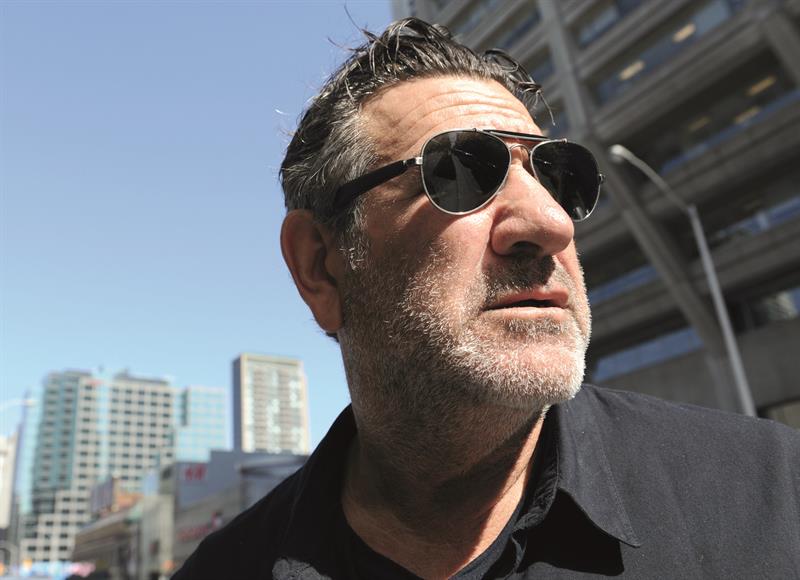
J: Japan
Made in Japan is one of the most prestigious labels in the global eyewear business, built upon more than a century of expertise centred in the Fukui prefecture. Located on the west coast of Japan’s main island Honshu, the area’s capital, Fukui City, dates its first production of eyewear to 1905. Brothers Masunaga and Kohachi Gozaemon led the inception, with the aim of finding a source of income for the farming off-season. Driven by the onset of widespread printing and a subsequent demand for reading glasses, production soon spread to nearby Sabae City, which has been synonymous with Japanese eyewear and master craftsmanship ever since.
Pioneering the use of titanium as a construction material for frames in the early 1980s saw Sabae’s and Japan’s international reputation in the eyewear realm soar to a lofty position maintained to the current day. Indeed, in 2018, Italian standard bearers Luxottica acquired Sabae City eyewear manufacturer Fukui Megane. Meanwhile, the dominance of the Fukui prefecture is almost total within Japan; most estimates put the area’s domestic market share of eyewear production between 95 and 97%. Going forward the area faces challenges relating to depopulation, the integration of modern production techniques and imports from China but there are no doubts a high proportion of the finest eyewear on Earth will continue to be produced in Japan for some time to come.
K: Keyhole
Much of the terminology relating to eyewear is little understood outside of the optical industry but the keyhole bridge is one feature that cuts through to the wider public; quite simply it is a bridge that looks like a keyhole. Acetate became more widely used for frame construction during the 1950s and the material’s malleability allowed for the development of the keyhole bridge. Although a useful tool in the dispensing optician’s arsenal, the keyhole bridge is not for everyone due to the reduced contact area with the nose.
 Mykita branded frames featuring a keyhole bridge
Mykita branded frames featuring a keyhole bridge
L: Larry Leight
One of the most influential eyewear designers of recent decades, Larry Leight named his seminal Oliver Peoples eyewear brand after the deceased owner of an estate collection of vintage eyewear Leight purchased in 1986. The heritage designs inspired a first Oliver Peoples collection made up of understated classic styles a world away from the futuristic shapes and brazen colours that dominated in the latter part of the 1980s. The vintage aesthetic, along with the culture of Los Angeles, continues to inspire the brand today long after its acquisition by first Oakley and, ultimately, Luxottica. Leight’s son Garrett set up his own eyewear company in 2015 and the pair have more recently collaborated on a new venture Mr Leight.
 Larry Leight
Larry Leight
